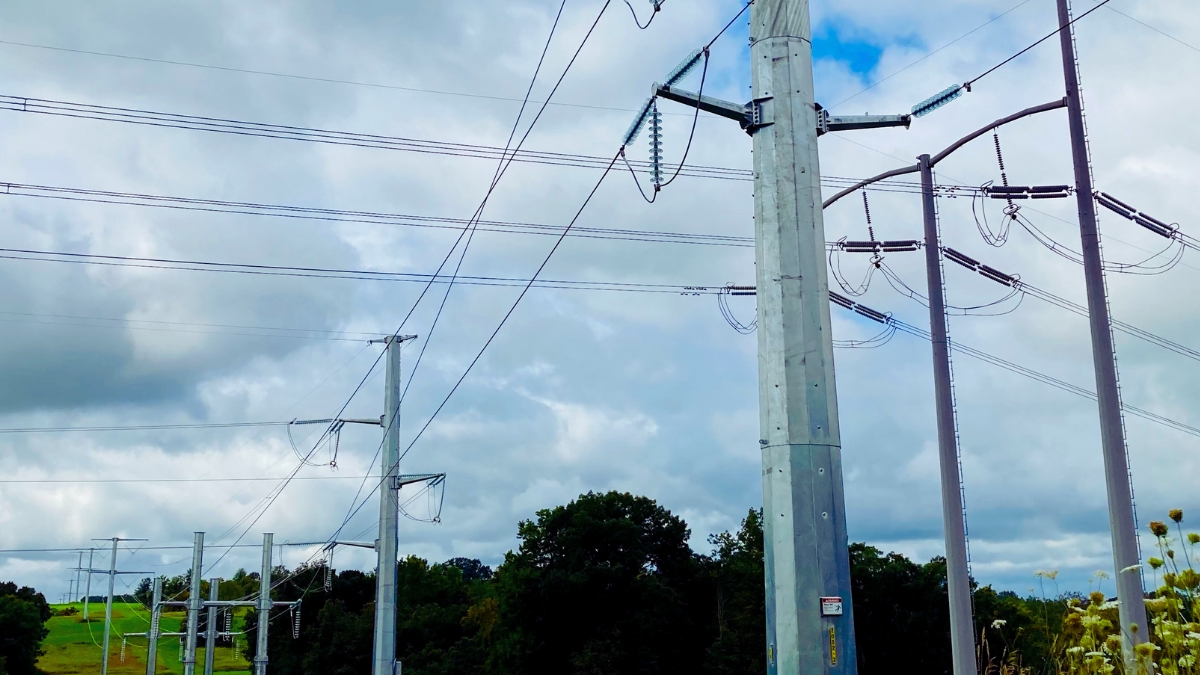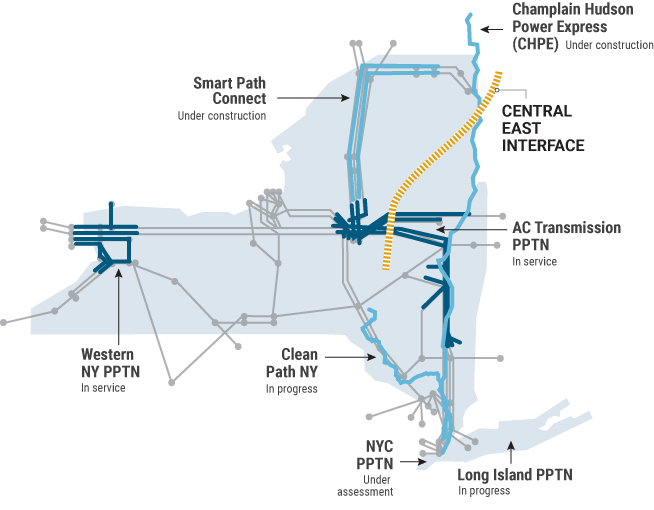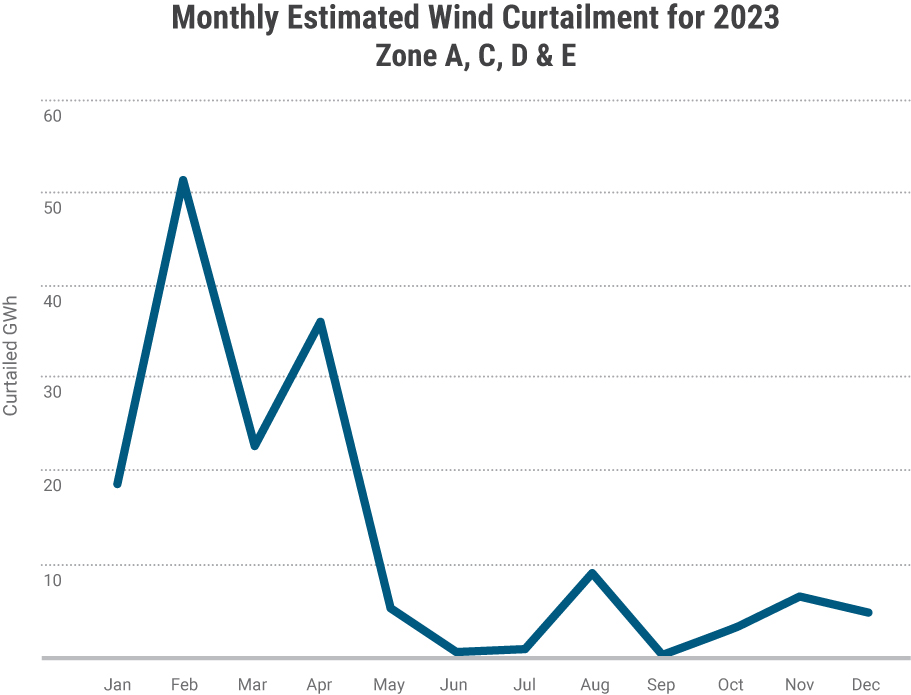How Historic Transmission Projects Bridged an Upstate-Downstate Clean Energy Divide

The AC Transmission Projects, completed in 2023, have improved energy deliverability in so-called “wind pockets,” parts of New York where more renewable energy is produced than can be delivered to consumers.
The projects, undertaken through the NYISO’s Public Policy Transmission Planning Process, are the most significant transmission upgrades to be completed in New York in 30 years, bolstering power transfer capability across the NYISO’s Central East interface by at least 1,000 megawatts (MW), according to the NYISO’s 2023-2042 System and Resource Outlook.

A central corridor for the transfer of energy between upstate and downstate, the Central East interface is historically one of the most congested transmission paths in New York State. The increased capability on this interface is vital to enabling energy deliverability from existing and future renewable projects in upstate New York, according to Jason Frasier, NYISO’s Senior Manager of Transmission Planning.
“The additional transfer capacity of the AC Transmission Projects will continue to ease bulk transmission congestion and hopefully encourage the development of more renewable and carbon-free resources,” said Frasier.
These infrastructure projects have facilitated other notable milestones for the NYISO’s transmission network. In December 2023, flow on the Central East interface surpassed 3,000 MW for the first time since the NYISO began publishing interface flow data in 2005 and the line experienced a record 3,399 MW transfer during a dispatch interval in early 2024.
Wind Curtailment Benefits
Wind energy accounted for about 14 percent of New York’s grid-connected renewable generation last year, but these clean energy resources sometimes cannot operate at full capacity due to transmission limitations.
Following the development of Segment A of the AC Transmission Projects, the NYISO observed a reduction in wind curtailment ― especially along the Central East corridor, according to NYISO’s 2023 renewables report.

The other transmission project, Segment B, was designed to facilitate the transfer of up to 900 MW of between Albany and the Hudson Valley.
Though a number of factors can contribute to curtailment of wind generation, congestion on the lines from central New York to the lower Hudson Valley has long been a limiting factor in expanded upstate clean energy production. In the past few years, ongoing construction for the upgrades may have also added to curtailments as it was necessary to take segments out of service while work was underway.
New York’s installed capacity of wind generation has multiplied in the last 20 years, rising from 48 MW in 2004 to 2,748 MW in 2024, with nearly all those resources located upstate. More than half of the demand on the electric grid comes from consumers in New York City and Long Island.
In 2023, wind units generated nearly 5,000 gigawatt hours (GWh) of electricity. During that same period, approximately 162 GWh of wind generation was curtailed, in part, due to congestion on the grid. Of the 162 GWh curtailed, 128 GWh were curtailed in the first four months of 2023, prior to the completion of the Segment A transmission project. Wind curtailment then dropped or was eliminated in West, Central, North, and Mohawk Valley zones.
The state’s renewable energy production is expected to grow as we strive to meet the goals of the CLCPA, underscoring the need for enhanced transmission infrastructure to support a changing grid.
In June 2023, we announced the selection of Propel NY to meet the Long Island Offshore Wind Export Public Policy Transmission Need, which will support the transmission of a minimum of 3,000 MW of offshore wind. Another cycle of the Public Policy Transmission Planning Process is underway to evaluate proposed transmission projects to bring at least 4,770 MW of offshore wind energy into New York City.
The Outlook underscores the need for further upgrades to the Segment A transmission project in order to advance the state’s climate goals. The transmission line currently relies on several fossil fuel plants for dynamic reactive support. Without specialized grid-enhancing technologies to facilitate the transmission of electricity, the state’s planned retirement of fossil-fuel generation will likely undermine these remarkable milestones. The report notes that additional upgrades will be necessary to increase flow of electricity on smaller, local transmission lines.
